Owning a home is one of life’s biggest milestones, but with it comes the responsibility of keeping everything in good condition. Much like a car that needs regular servicing, your house also requires yearly checkups to ensure it remains safe, comfortable, and efficient. Neglecting small maintenance tasks can lead to costly repairs later on, while staying on top of them helps extend the life of your appliances, preserves your home’s value, and gives you peace of mind. The good news is that most annual tasks are simple, practical, and can often be completed in a weekend. From checking your roof for damage to servicing your heating and cooling system, these little efforts add up to a well-maintained home that continues to serve your family for years. Here’s a checklist of 20 essential tasks every homeowner should do once a year to keep their home in excellent shape.
1. Inspect the Roof

Your roof serves as the first line of defense against rain, wind, and harsh sunlight, so keeping it in good shape is critical. Once a year, inspect your roof for missing shingles, curling edges, or signs of wear. Even small cracks or loose materials can quickly become bigger problems if left unchecked. Pay attention to flashing around chimneys and skylights, as these areas are prone to leaks. If climbing the roof is unsafe, use binoculars from the ground or hire a professional to do a more thorough check. Preventive care will save you money and protect your home’s interior.
2. Clean the Gutters
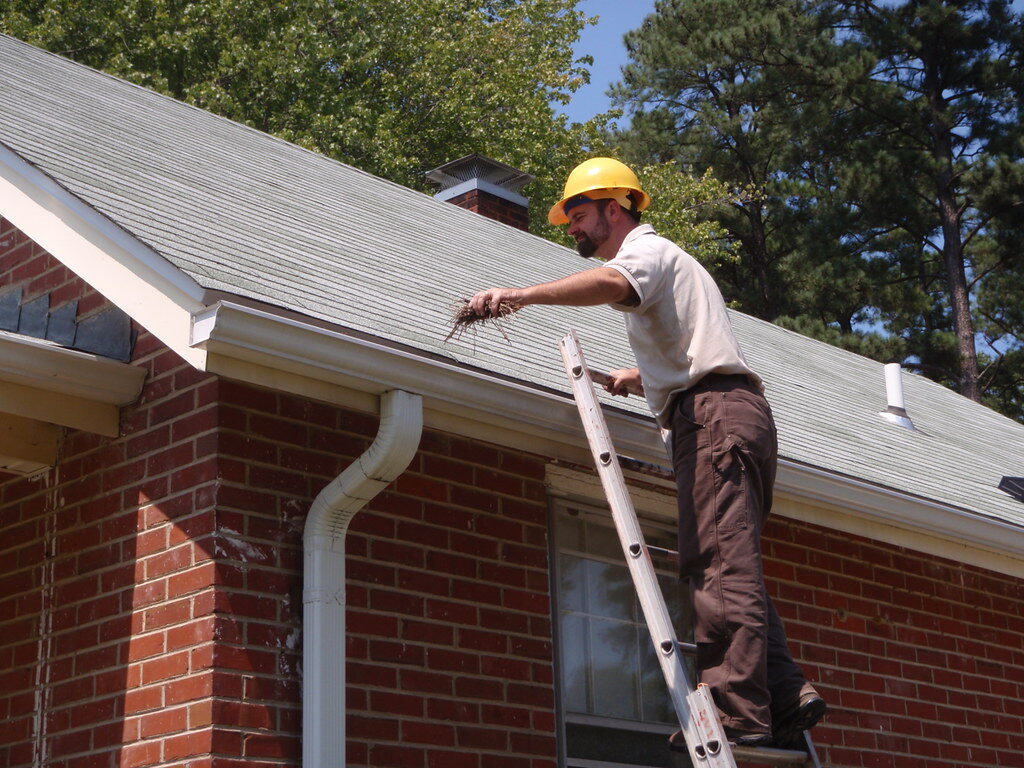
Gutters play an important role in directing rainwater away from your home’s foundation, and they should be cleaned at least once a year. Leaves, twigs, and dirt can build up and block water flow, leading to overflow and potential water damage. Clogged gutters can also cause wood rot on fascia boards and encourage pests like mosquitoes. Use gloves and a sturdy ladder to remove debris, then flush the gutters with water to check for leaks or blockages. Ensuring downspouts direct water away from the house helps protect your basement or crawl space from flooding and foundation cracks.
3. Check the Foundation
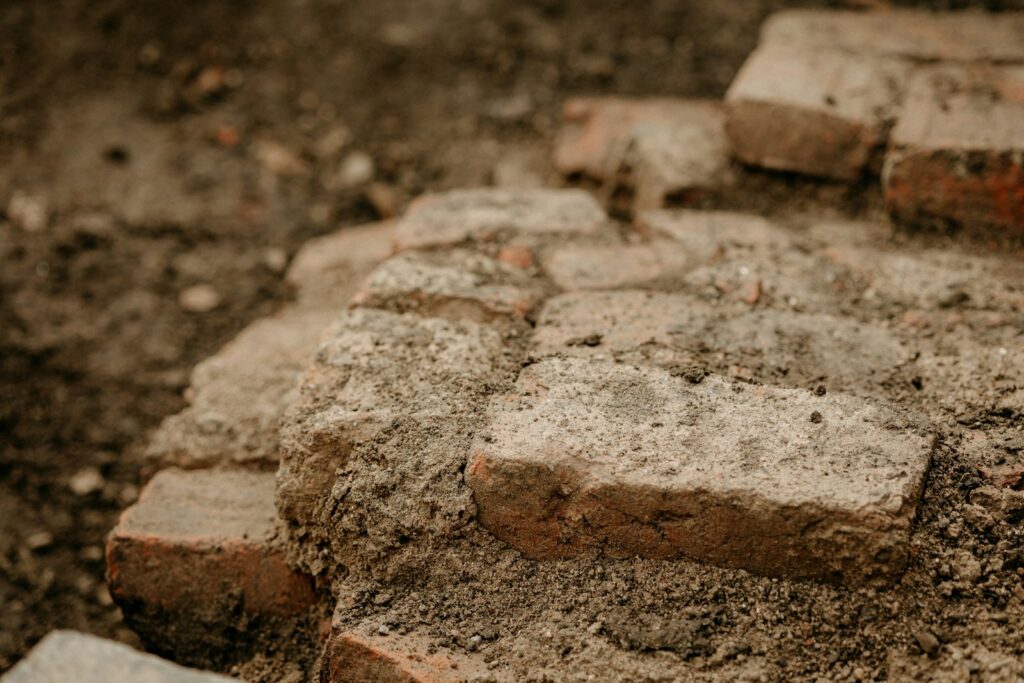
A strong foundation keeps your home stable and safe, but over time, soil shifting and moisture can cause cracks or other issues. Walk around your home once a year to look for visible cracks, crumbling areas, or gaps near windows and doors. Pay attention to any uneven flooring indoors, which may also signal foundation problems. Water pooling around your foundation is another warning sign and may require better drainage solutions. Addressing small cracks with sealant and fixing drainage issues early prevents major structural repairs later. If larger cracks are present, consult a professional to ensure long-term stability.
4. Service the HVAC System
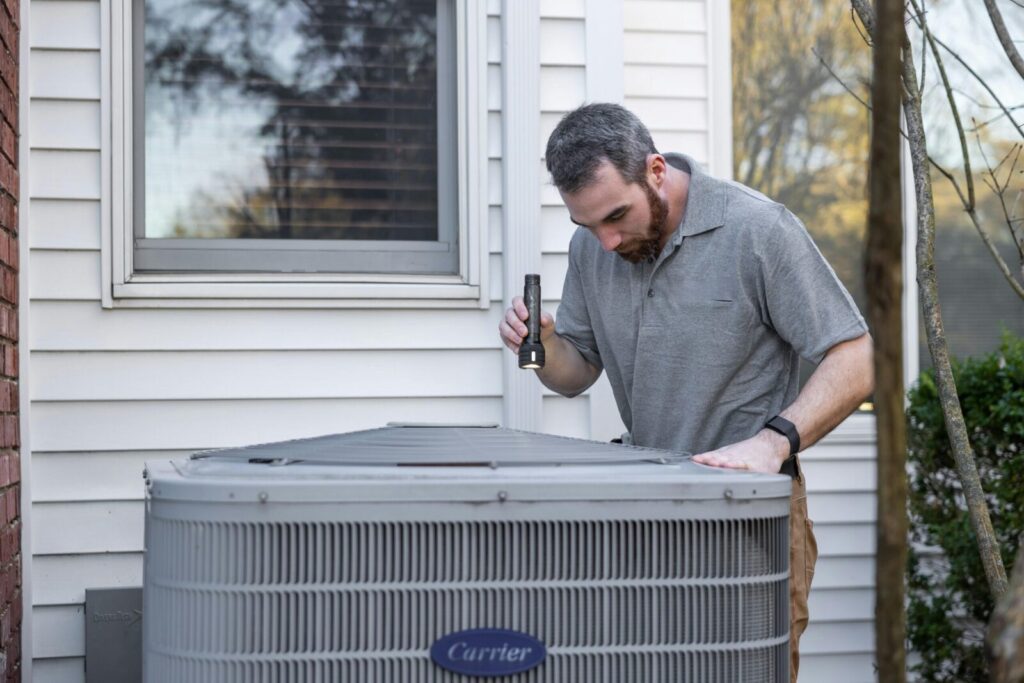
Your heating, ventilation, and air conditioning system works hard throughout the year to keep your home comfortable. To ensure it operates efficiently, schedule an annual professional service. A technician will inspect the unit, clean filters and coils, and check refrigerant levels. They can also identify potential issues before they turn into costly repairs. Replacing air filters regularly improves air quality and reduces strain on the system. Keeping your HVAC in good condition helps lower energy bills and extends the life of the unit. Annual servicing provides peace of mind knowing your system is ready for seasonal demands.
5. Test Smoke and Carbon Monoxide Detectors
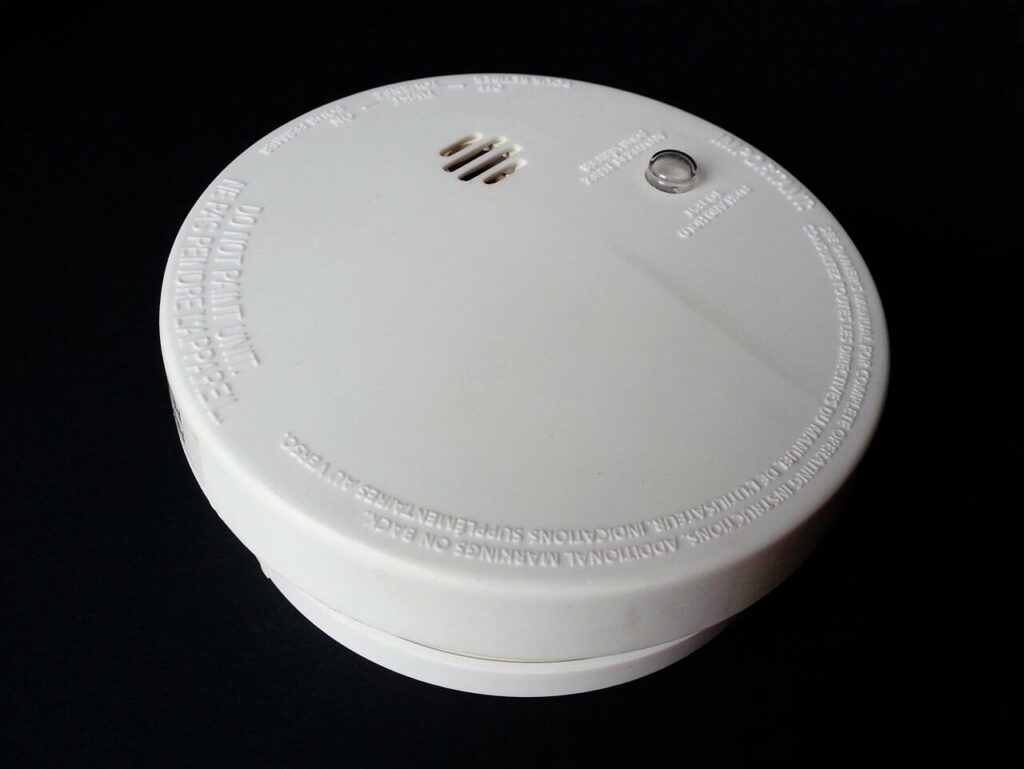
Smoke and carbon monoxide detectors are small devices that play a vital role in keeping your household safe. Once a year, test each alarm by pressing the test button and replace batteries to ensure proper function. Detectors typically have a lifespan of 8 to 10 years, so check the manufacturing date and replace units as needed. Carbon monoxide is odorless and colorless, making these alarms essential for early warning. Place detectors near bedrooms, in hallways, and on every floor of your home. Regular testing is a quick task that provides crucial protection for your family’s safety.
6. Flush the Water Heater
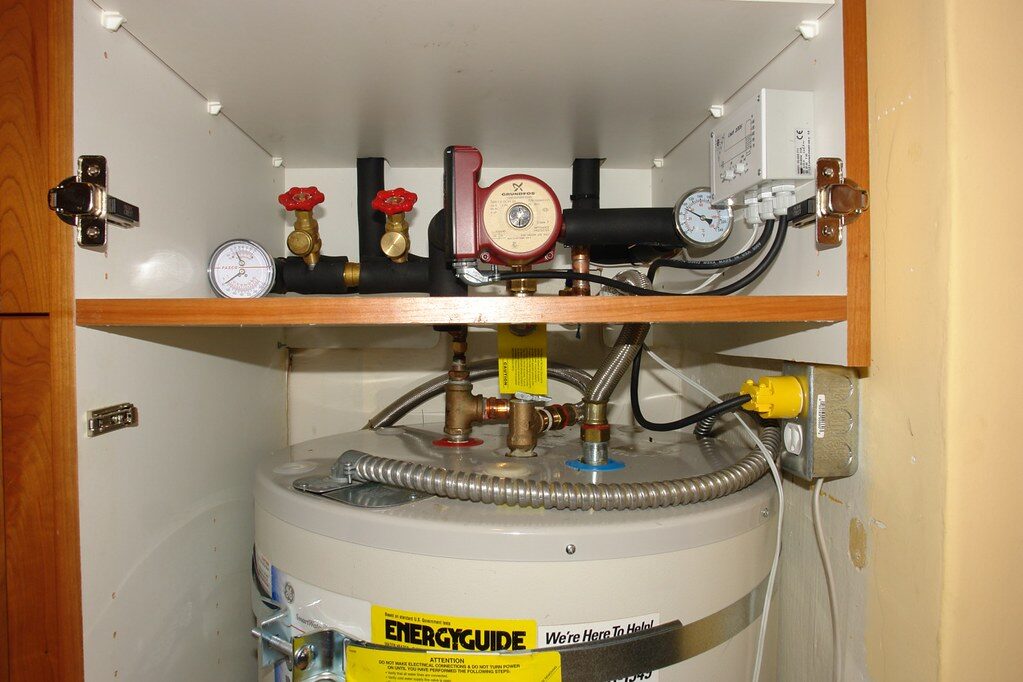
Over time, sediment builds up inside your water heater, reducing efficiency and shortening its lifespan. Flushing the tank once a year helps clear out debris and ensures the heater works properly. To do this, turn off the power supply or gas, attach a hose to the drain valve, and let the water flow into a safe drainage area. This simple step can improve heating performance and save on energy costs. It also prevents the unit from overheating and creating unnecessary wear. If you notice rust in the water, it may be time to consider replacing the water heater.
7. Inspect Plumbing for Leaks
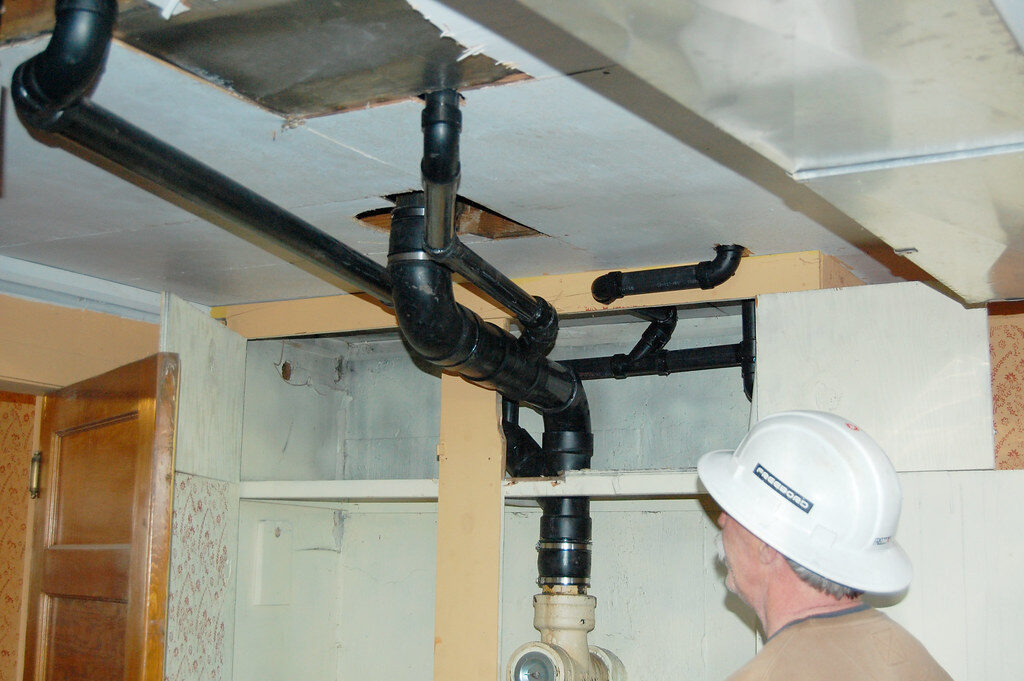
Leaky pipes may start small but can lead to water damage, mold, and higher utility bills if ignored. Each year, inspect plumbing around sinks, toilets, bathtubs, and appliances for any signs of moisture. Look for stains, warped cabinetry, or a musty smell that could indicate hidden leaks. Pay attention to water pressure, as a sudden drop may signal a problem. Tightening connections and replacing worn-out washers are simple fixes. More serious leaks may require professional help. Staying proactive with plumbing checks ensures you avoid expensive water damage and maintain the overall health of your home’s water system.
8. Clean Dryer Vents
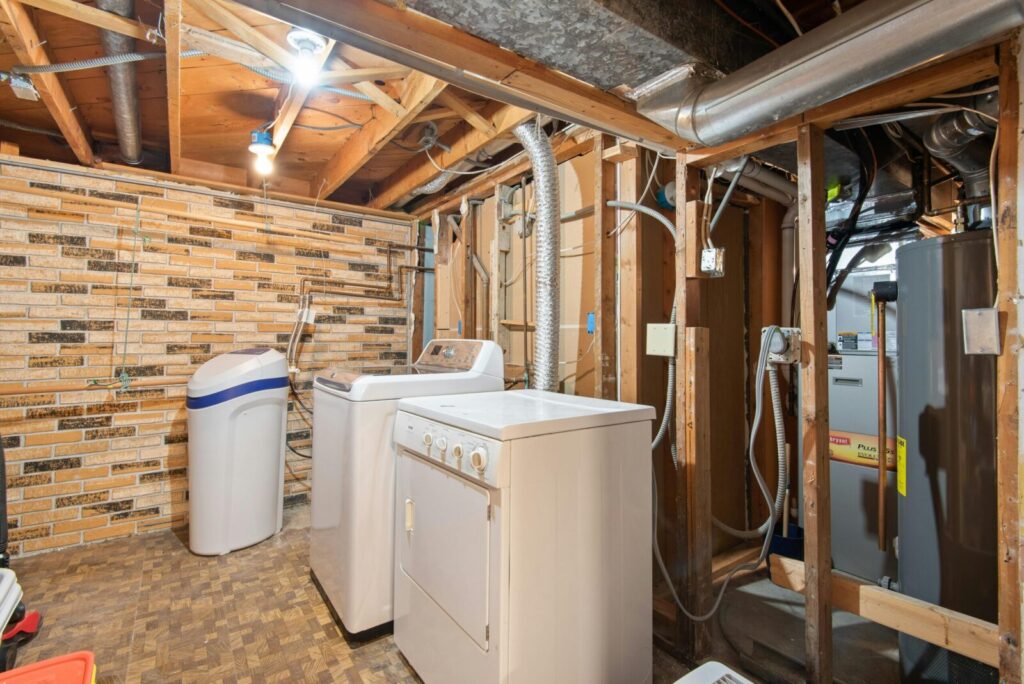
Lint buildup in dryer vents is a common cause of household fires, which makes this task one of the most important annual maintenance checks. Even if you clean the lint trap regularly, small fibers accumulate in the vent and ductwork over time. Disconnect the dryer from the power supply, remove the vent hose, and use a vacuum or brush kit to clean inside. This improves the dryer’s efficiency, reduces energy use, and shortens drying times. If you notice your clothes are still damp after a cycle, the vent is likely clogged. Keeping it clear is both safe and cost-effective.
9. Seal Windows and Doors
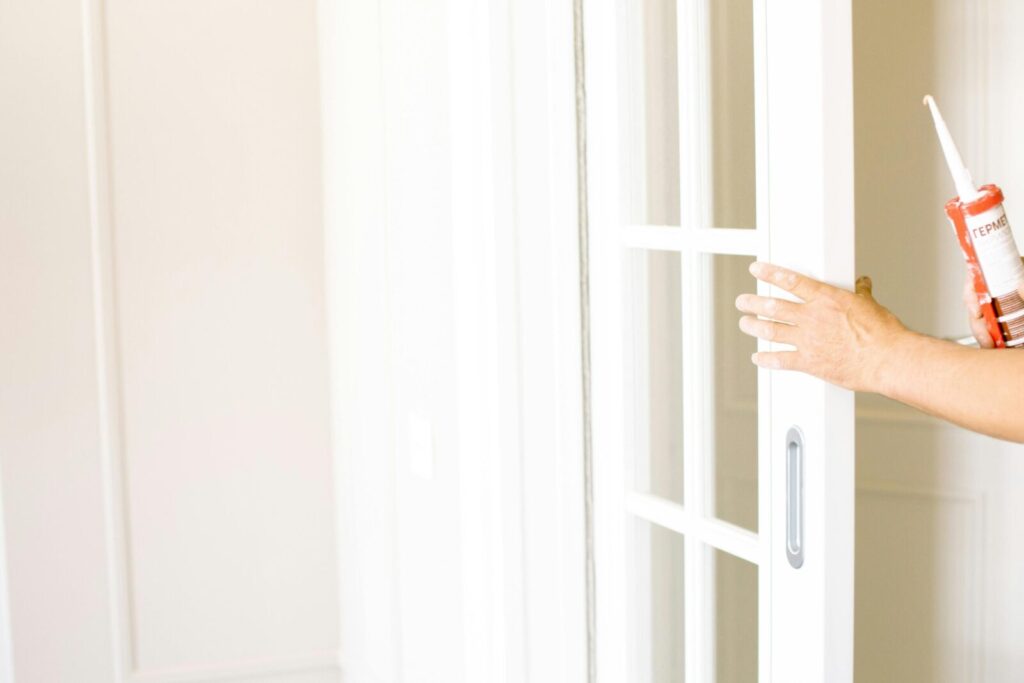
Air leaks around windows and doors can significantly impact your energy bills by making your heating and cooling system work harder. Each year, check the caulking and weatherstripping for cracks, gaps, or wear. Reapplying caulk or replacing weatherstripping is a quick and inexpensive fix that keeps drafts out and comfort in. Sealing openings also prevents moisture from entering and causing mold or damage to wooden frames. To test for leaks, hold a lit candle near the window frame and see if the flame flickers. Proper sealing not only saves money but also enhances indoor comfort year-round.
10. Test Garage Door Safety Features
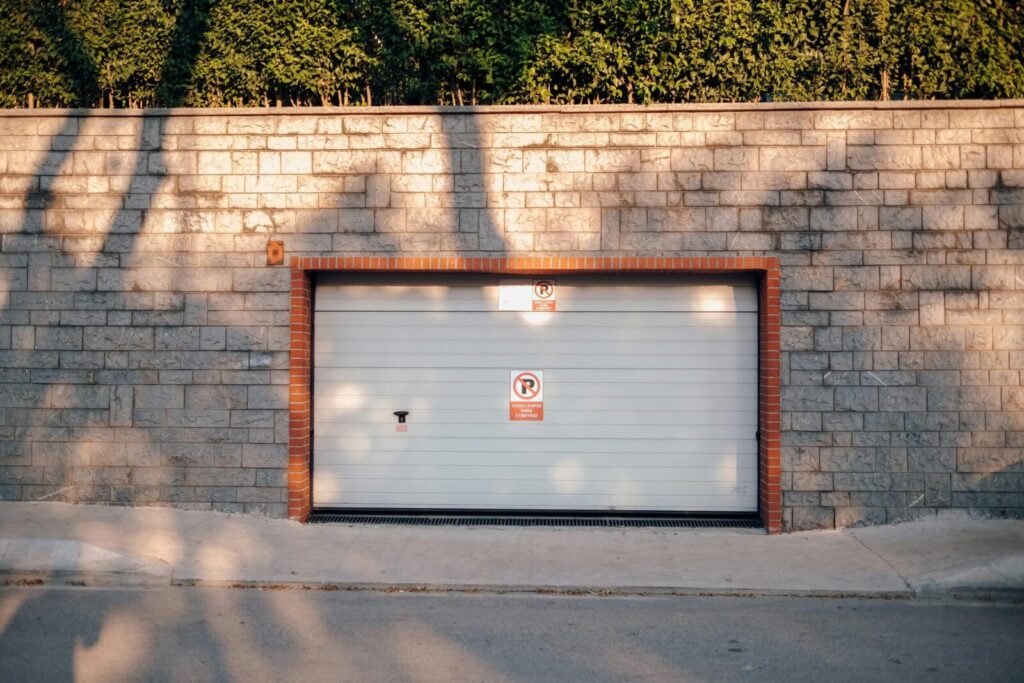
A garage door is heavy and potentially dangerous if its safety mechanisms are not working properly. Once a year, test the auto reverse feature by placing a block of wood under the door. If it does not reverse when it hits the object, adjustments or repairs are needed. Inspect the sensors on both sides of the door to ensure they are aligned and free of dirt. Lubricate the hinges, rollers, and tracks to keep everything moving smoothly. A properly maintained garage door not only ensures safety but also extends the life of the opener and components.
11. Inspect Attic and Basement

The attic and basement are areas of your home that often go unnoticed until a problem arises. Once a year, take time to inspect them carefully for any signs of leaks, water damage, or pest infestations. Look for dampness, unusual odors, or visible mold growth that may indicate ventilation or insulation issues. In the attic, check insulation levels to ensure your home is energy efficient. In the basement, make sure sump pumps are functioning properly and that there is no pooling water. Early detection in these areas helps prevent costly repairs and improves overall home comfort.
12. Deep Clean Carpets and Upholstery
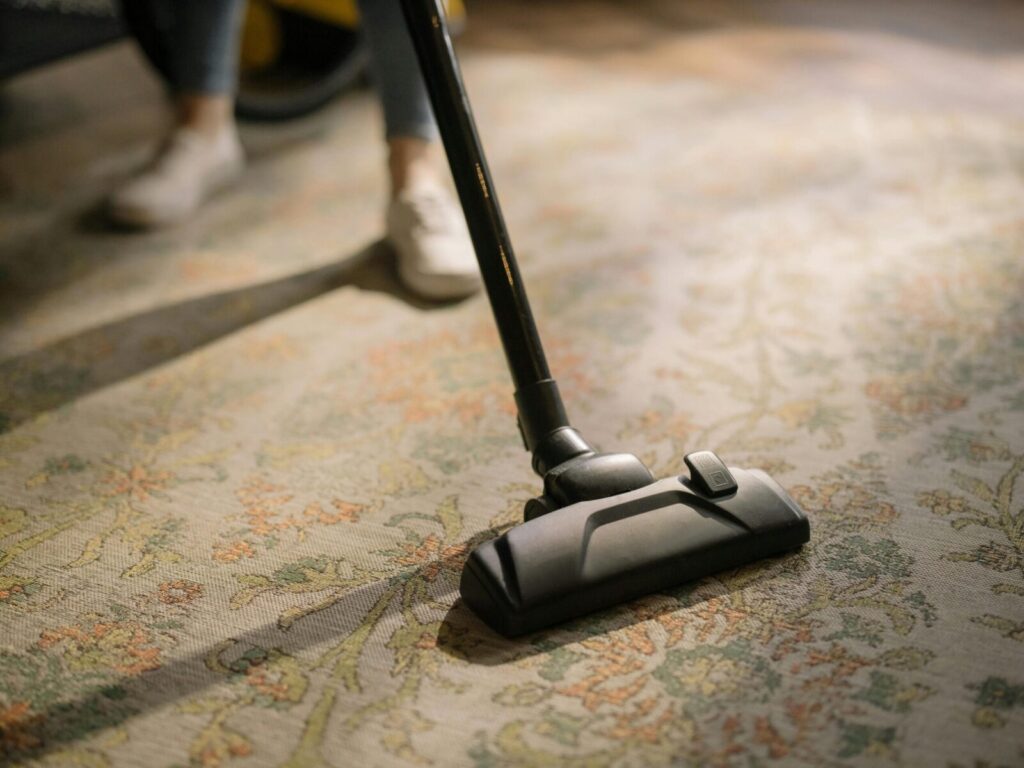
Even with regular vacuuming, carpets and upholstery collect dust, allergens, and dirt that can build up over time. An annual deep cleaning removes hidden debris and refreshes the look of your home. Renting a steam cleaner or hiring professionals can help extend the life of carpets and improve indoor air quality. Upholstered furniture should also be cleaned to remove stains and odors. If you have pets or young children, this task is especially important for maintaining a healthier living environment. Deep cleaning once a year keeps your home feeling fresh and prevents long-term wear on soft surfaces.
13. Check Exterior Paint and Siding

The exterior of your home is constantly exposed to the elements, making annual maintenance essential. Inspect siding for cracks, warping, or signs of pest activity, and clean off dirt or mildew with a pressure washer if needed. Look for peeling or faded paint, which may require touch-ups to protect against moisture damage. Repainting or sealing wood surfaces helps prevent rot and maintains your home’s curb appeal. Vinyl and fiber cement siding should also be checked for loose panels. Taking care of your home’s exterior every year not only preserves its structural integrity but also enhances overall property value.
14. Clean Chimney and Fireplace

If your home has a fireplace, an annual chimney inspection and cleaning is vital for safety. Creosote buildup inside chimneys is highly flammable and can cause dangerous fires if not removed. Hire a professional chimney sweep to thoroughly clean the flue, check for blockages, and inspect the structure for cracks or damage. Even if you rarely use your fireplace, small animals or debris may become lodged inside, creating hazards. Cleaning also improves air quality by ensuring smoke and gases are properly vented outside. Regular maintenance keeps your fireplace safe, efficient, and ready for cozy nights during colder months.
15. Check Outdoor Faucets and Sprinklers
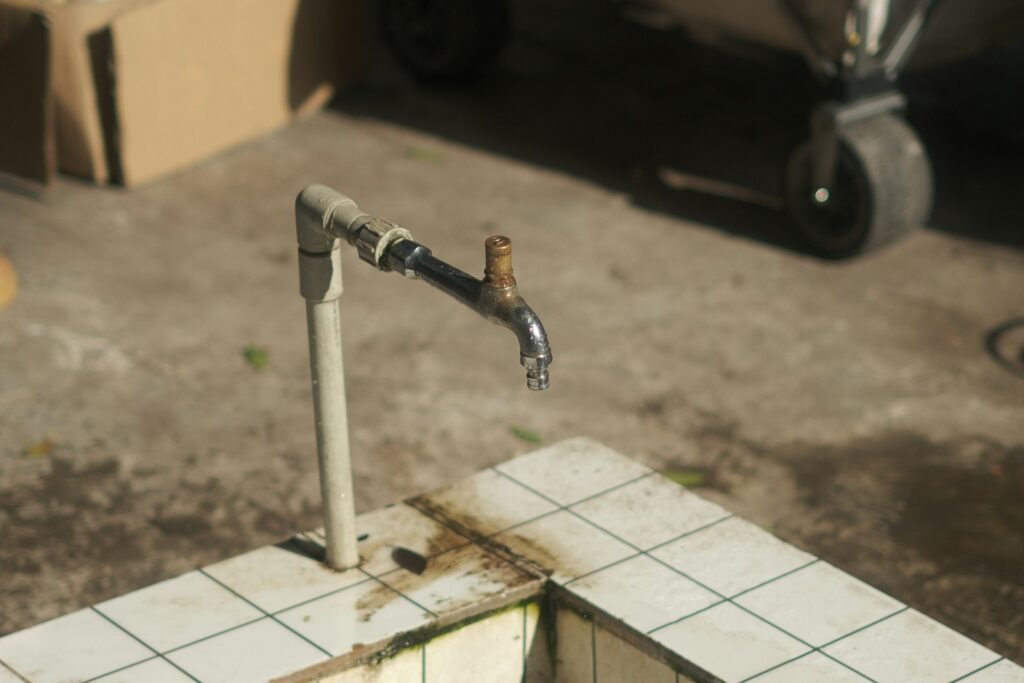
Outdoor plumbing is often overlooked but requires yearly attention to prevent water waste and damage. Check exterior faucets for drips, cracks, or leaks that may have developed during freezing winter temperatures. Run your sprinkler system to ensure each head is functioning properly and covering the intended areas. Look for puddling or overspray, which could indicate broken or misaligned parts. Properly maintained outdoor plumbing keeps your landscaping healthy while saving money on water bills. Addressing minor issues promptly prevents bigger problems such as burst pipes or costly repairs. Annual checks keep your yard and irrigation system in a reliable working condition.
16. Trim Trees and Shrubs
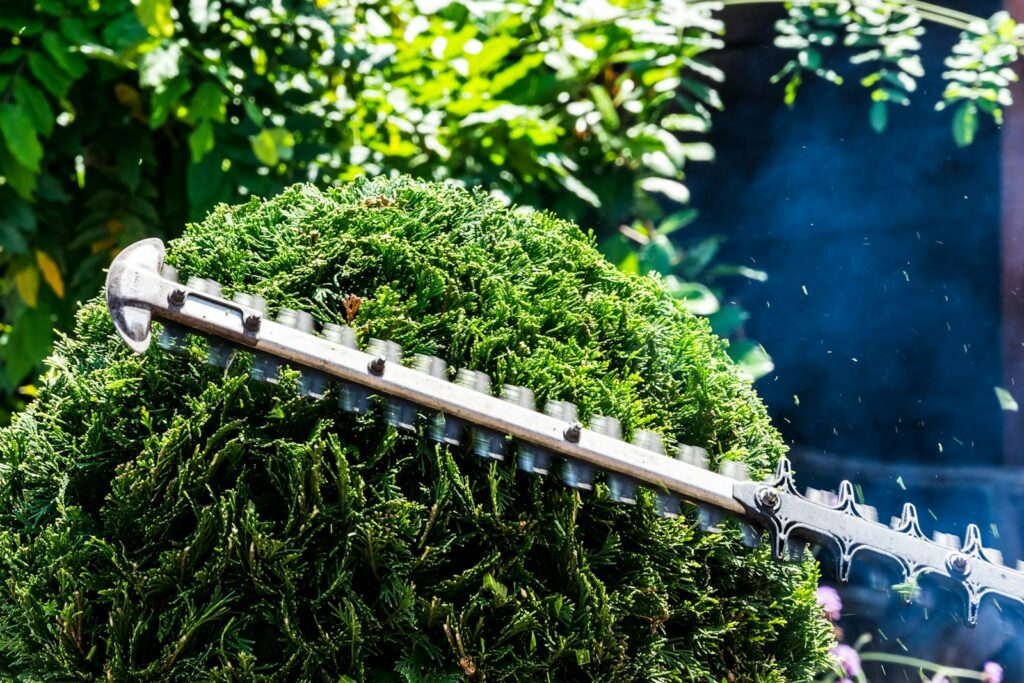
Trees and shrubs add beauty to your yard, but if left unchecked, they can cause damage to your home. Each year, trim back branches that are too close to the roof, siding, or windows. Overhanging branches can scratch surfaces, damage shingles, or fall during storms. Pruning also promotes healthier plant growth by removing dead or diseased sections. Shrubs should be cut back to allow proper airflow around the home’s foundation, which helps prevent mold or insect issues. Regular trimming enhances curb appeal, keeps your landscaping neat, and minimizes risks to your property during high winds or heavy weather.
17. Inspect Driveways and Walkways

Driveways and walkways are exposed to weather and heavy use, making them prone to cracks and uneven surfaces. Once a year, inspect for damage such as small cracks, potholes, or loose stones. Filling cracks early prevents water from seeping in and causing further deterioration during freeze and thaw cycles. Power washing can remove dirt, stains, and moss, restoring a cleaner look. Sealcoating asphalt driveways provides extra protection against the elements. Well-maintained driveways and walkways not only improve safety by preventing trips and falls but also boost curb appeal. Regular care preserves these surfaces and reduces the need for major repairs.
18. Clean and Inspect Appliances

Household appliances work hard every day, so an annual inspection helps them stay in top condition. Vacuum refrigerator coils to improve efficiency and check door seals for proper closure. Inspect ovens, dishwashers, and washing machines for leaks or worn-out parts. Cleaning filters and checking hoses ensures everything runs smoothly and extends the life of each appliance. A deep clean inside and out also improves performance and hygiene. If any appliances show signs of malfunction, schedule professional servicing before they break down completely. Annual care reduces energy costs, minimizes unexpected failures, and keeps your kitchen and laundry running efficiently.
19. Service the Septic Tank or Sewer Line
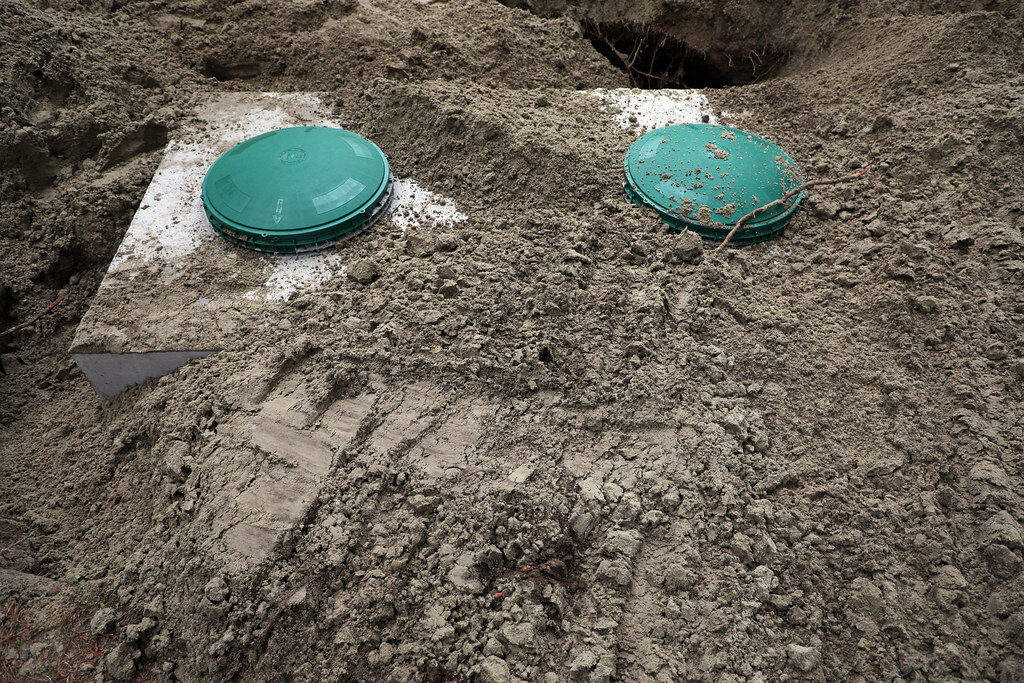
If your home uses a septic system, yearly maintenance is critical to avoid costly and unpleasant issues. Have a professional inspect the tank and determine whether pumping is needed. For homes connected to sewer lines, scheduling an annual inspection helps identify blockages, tree root intrusions, or cracks before they escalate. Slow drains or foul odors can signal developing problems that should not be ignored. Regular servicing ensures wastewater is managed safely and efficiently, protecting both your home and the environment. Staying proactive saves money in the long run and keeps your plumbing system functioning without unexpected disruptions.
20. Review Home Safety Plan

Finally, take time once a year to review your household safety measures. Update emergency kits with fresh supplies, check fire extinguishers for expiration dates, and make sure everyone knows the family evacuation plan. Ensure important documents are stored safely and consider installing smart security systems for added peace of mind. Walk through escape routes with all household members, especially children, so everyone knows what to do in an emergency. Preparing ahead of time reduces panic during unexpected situations. Reviewing your home safety plan annually ensures your family is ready for fire, storms, or any other potential hazards.
Comments